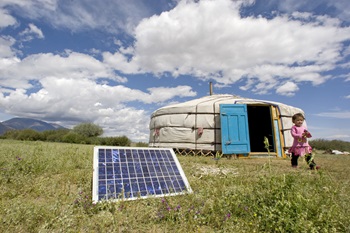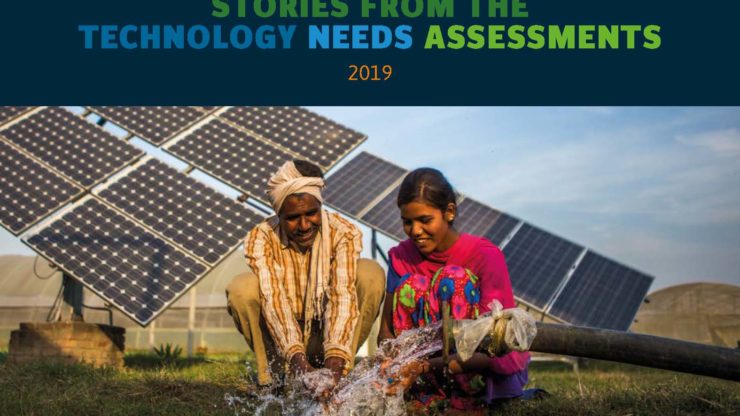UNEP DTU Partnership recently asked the National Technology Needs Assessment (TNA) Coordinator for Trinidad and Tobago, Kishan Kumarsingh, about his country’s approach to TNA. Mr Kumarsingh is Head of the Multilateral Environmental Agreements Unit at the Ministry of Planning and Development.
“Given that climate change is mainly a development issue, the TNA process is not a standalone process. It should be viewed as an opportunity to identify, assess, adapt, adopt, synergise, and implement relevant technologies within the national development process, to address climate change through low carbon development pathways and building climate resilience.”
A strong foundation
At the onset of the TNA process in Trinidad and Tobago, there was already a strong policy and action-oriented foundation for climate change action, manifested in a National Climate Change Policy, a Carbon Reduction Strategy (CRS) and a Vulnerability Capacity Analysis (VCA), and the country’s Nationally Determined Contributions (NDCs) to the Paris Agreement.
“At the time of designing the TNA, Trinidad and Tobago was already fairly advanced in assessing its emissions portfolio and climate risk vulnerabilities, as part of implementing its National Climate Change Policy (NCCP) of 2011,” Kishan Kumarsingh says and continues to explain the foundation that the TNA builds on:
“The CRS was completed in 2015 and focused on the three most emitting sectors: power generation, transportation and industrial sectors.
It included an analysis of mitigation options and applicable technologies, and the NDC was derived from this.
The VCA is also part of the implementation of the NCCP, allowing interventions to be integrated into national development planning in all vulnerable sectors.”
Building on existing climate-change work
Basing the TNA on the extensive recent work focussing on a low carbon strategy, addressing vulnerabilities, and working towards increased climate resilience in the NDC, which is in turn based on the CRS and the VCA, reinforces the importance of building on existing climate-change and national-development efforts,.
“Thus, climate resilience is built on an incremental basis as opposed to planning for adaptation on a project-based approach which means adapting to long-term climate impacts through present day adaptation intervention,” Kishan Kumarsingh explains.
Adding value
With focal areas and required strategies already decided, the TNA process in Trinidad and Tobago adds value to the existing NDC, CRS and VCA processes by providing more details for decision-making.
“The TNA process delves in more detail as to the specific technological applications and technologies that could be employed using further MCA analysis. The prioritised technologies would fast-track facilitate decision making at the policy and practical levels, and implementation at the ground level,” Kishan Kumarsingh says.
He mentions how the TNA process will help zero in on required technologies to reach the already set goals, for example in the case of climate change adaptation:
“In the case of the VCA, the approach determines technology that can maximise benefits across vulnerable sectors for example in the water resources, agriculture and human health sectors.”


